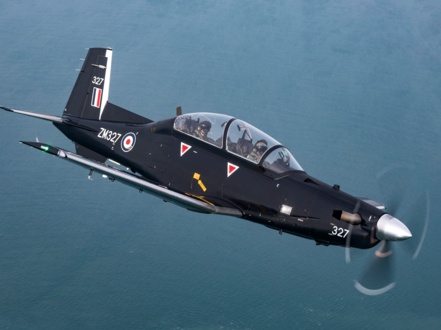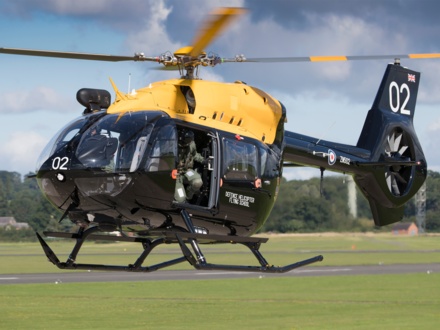History
Since the Station was opened in February 1941 it has been the home of many different aircraft in a variety of roles. Initially, RAF Valley was part of 9 Group, Fighter Command, and was known as RAF Rhosneigr. After two months, it was re-named RAF Valley.
During WW II the Station was a fighter station to defend Merseyside and the Irish Sea from enemy air and maritime activity. From 1943, it became a major staging post for USAAF aircraft arriving from the U.S to help the war effort.
Post-war, the Station became a flying training station for the RAF and Royal Navy. Today, it is the home of No 4 Flying Training School, operating the BAE Hawk TMk2. This advanced jet trainer, with its modern cockpit design and avionics, provides the ideal lead-in trainer for pilots graduating on to front line aircraft such as the Typhoon and F-35.
From late 2019, RAF Valley will be the home of Basic Flying Training; the second phase of Fast Jet training for the RAF and Royal Navy. Following on from Elementary Flying Training, Basic Flying Training using the Texan T1 advanced turbo-prop trainer will prepare students for Advanced Flying Training on the Hawk T2 jet trainer.


















